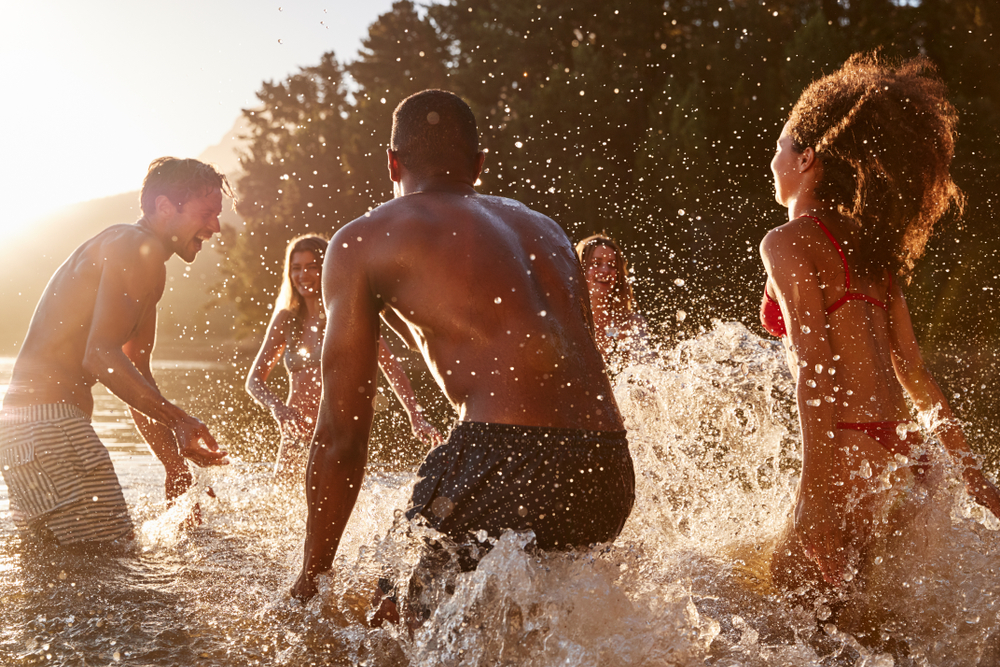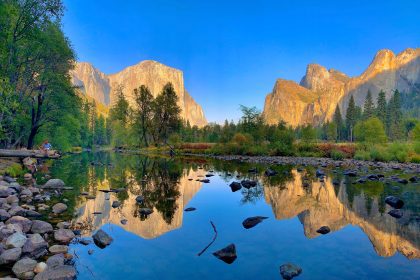Summer is the season of adventures and new experiences. Whether it’s a family vacation, a solo backpacking trip or a romantic getaway, the allure of summer travel is irresistible. However, while many activities appear safe at first glance, they can harbor hidden dangers. Misconceptions about safety can lead to unexpected accidents, health issues or even life-threatening situations. This article will shed light on five common summer travel activities that many people assume are safe but actually aren’t, helping you make informed decisions and stay safe during your travels.
1. Swimming in natural bodies of water
Swimming in lakes, rivers and oceans is a favorite summer pastime for many. The refreshing coolness of natural water on a hot day can be incredibly inviting. However, these bodies of water can present significant risks that are often underestimated.
Hidden currents and tides
Even the most experienced swimmers can be caught off guard by strong currents and tides. Rip currents in the ocean can pull swimmers away from shore with incredible force. In rivers, fast-moving water can conceal rocks and debris that can cause injury.
Waterborne illnesses
Natural bodies of water can be breeding grounds for bacteria and parasites. Swimmers can contract illnesses such as leptospirosis, E. coli infections and even amoebic meningitis. It’s crucial to avoid swimming in water that looks murky or is near agricultural runoff areas.
Wildlife encounters
Lakes and rivers can be habitats for various wildlife, including alligators, snakes and even jellyfish in some ocean areas. These creatures can pose serious threats to unsuspecting swimmers.
2. Hiking in unfamiliar terrain
Hiking is an excellent way to explore nature and enjoy the great outdoors. However, it can quickly turn dangerous, especially in unfamiliar terrain.
Getting lost
Without proper navigation tools and skills, it’s easy to get lost in the wilderness. Many hiking trails are poorly marked, and venturing off the path can lead to disorientation.
Dehydration and heat exhaustion
Hiking in hot weather without adequate water and rest can lead to dehydration and heat exhaustion. It’s essential to carry enough water and take breaks in shaded areas.
Injuries
Rugged terrain increases the risk of falls and injuries. A twisted ankle or a fall can become life-threatening if you’re far from help. Always hike with a buddy and carry a first aid kit.
3. Participating in adventure sports
Adventure sports like zip-lining, bungee jumping and white water rafting offer thrills and adrenaline rushes. However, they also come with significant risks.
Equipment failure
Adventure sports rely heavily on equipment that must be in perfect condition. Any failure — such as a frayed rope or a malfunctioning harness — can result in severe injuries or death.
Inadequate supervision
Many adventure sports facilities operate in regions with less stringent safety regulations. Inadequate supervision and training can lead to accidents. Always choose reputable operators with good safety records.
Physical fitness requirements
These activities require a certain level of physical fitness. Participants with underlying health conditions or insufficient physical preparation can put themselves at serious risk.
4. Consuming local food and drinks
Trying local cuisine is one of the joys of travel. However, it can also pose hidden dangers, especially in areas with different hygiene standards.
Foodborne illnesses
Consuming food from street vendors or restaurants with poor hygiene can lead to foodborne illnesses like salmonella, hepatitis A and traveler’s diarrhea. Stick to well-cooked foods and bottled water.
Allergic reactions
Local dishes might contain ingredients that can trigger allergies. Language barriers can make it difficult to communicate dietary restrictions. Always carry allergy medications and be cautious with unfamiliar foods.
Alcohol safety
In some regions, locally produced alcohol can be adulterated with harmful substances. Be cautious when consuming alcohol and avoid homebrews or spirits from unknown sources.
5. Visiting popular tourist attractions
Popular tourist spots are a must-see for many travelers, but they can also be surprisingly hazardous.
Crowds and stampedes
High tourist traffic can lead to overcrowding, increasing the risk of stampedes and accidents. Always be aware of your surroundings and avoid visiting attractions during peak times.
Pickpocketing and theft
Tourist hotspots are prime targets for pickpockets and thieves. Keep your valuables secure and be vigilant in crowded areas.
Structural integrity
Some historic sites may not be structurally sound. Aging infrastructure can lead to accidents, especially in less regulated countries. Follow safety warnings and stick to designated paths.
Staying safe during summer adventures
While summer travel offers exciting opportunities for adventure and relaxation, it’s crucial to be aware of the hidden dangers associated with seemingly safe activities. By understanding and mitigating these risks, you can ensure that your travels are both enjoyable and safe. Always research your activities, choose reputable service providers and stay informed about local conditions. Your summer adventures should be memorable for all the right reasons — stay safe and make the most of your travels!
This story was created using AI technology.
















